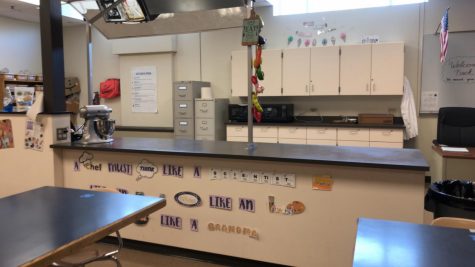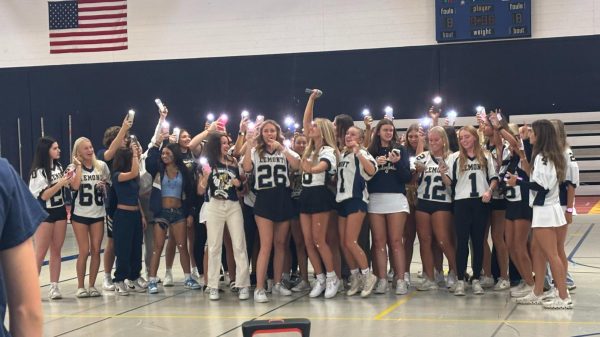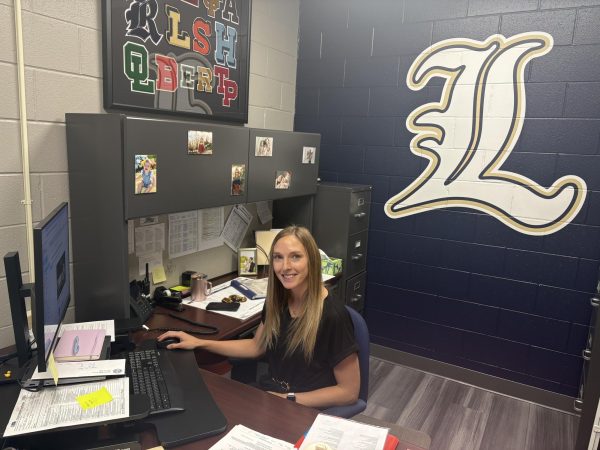Interactive electives stay hands-on despite the distance
October 8, 2020
It’s no question that the COVID-19 pandemic has completely altered modern education. Though major school accommodations have been made in lieu of safer learning procedures – more interactive classes like food preparation and ceramics, require much larger and frequent curriculum modifications than regular classes.
Unlike certain subjects, such as history or math, that are much simpler to accustom to online learning, the most principal component of hands-on classes is in-person engagement.
“I had to modify all of my in class art projects to make sure they were manageable and not overwhelming for students to do by themselves without direct feedback at home,” said art teacher Mrs.Idell.
Remote learning has also posed the question of how these specific classes will deal with teaching students that don’t have the supplies that are typically provided by the school like clay or paint. Though gym teachers have resorted to dropping their equipment based curriculum – art teachers have gone out of their way to provide students with access to art supplies, such as clay, that they can utilize at home.
The lessons that would usually be taught through in-person instruction, have now been recaptured by teachers through informative video tutorials. On the other hand, classes like physical education and choir have leaned more towards live, synchronic instruction through Google Meet.
The family and consumer ed teachers that teach a wide array of cooking electives have had their students resume cooking at home with the help of video tutorials.
The current hybrid schedule has also paved the way for cooking classes to allow their students to cook in-person, alongside the students who are cooking remotely.
“We worked with as many people as we possibly could to make sure we have a safe in-person transition with our cooking,” said Family and Consumer Ed teacher Mrs.Mimnaugh.
“Kids are going to be wearing their masks, we have disposable aprons and gloves, and we will also be implementing constant sanitation as well as social distancing”.
It’s no surprise that the success of these classes relies on open communication between teachers and students. Undoubtedly, in-person dependent subjects will continue to progress as long as students and teachers make an effort to meet each other halfway.

(lauren tacbas)






